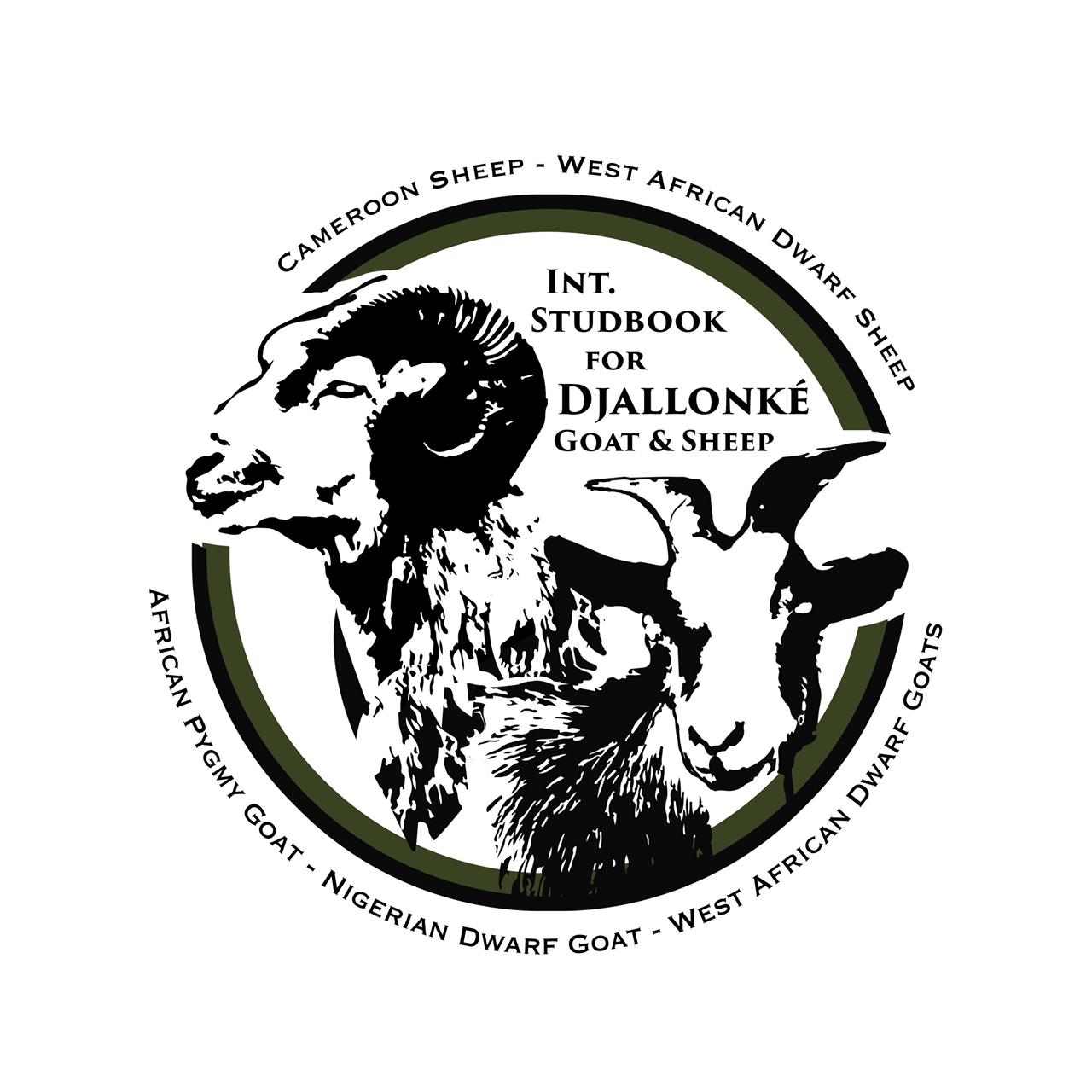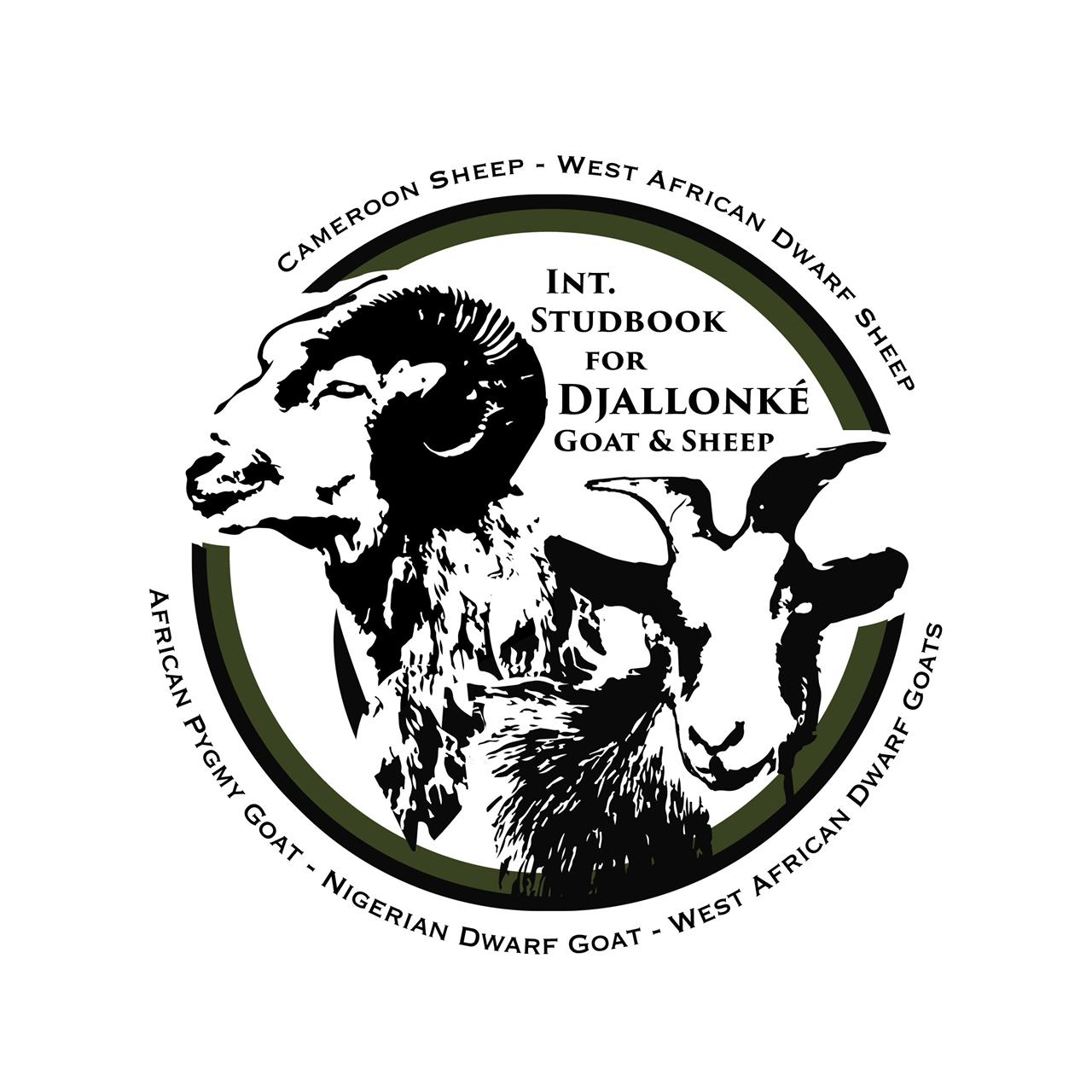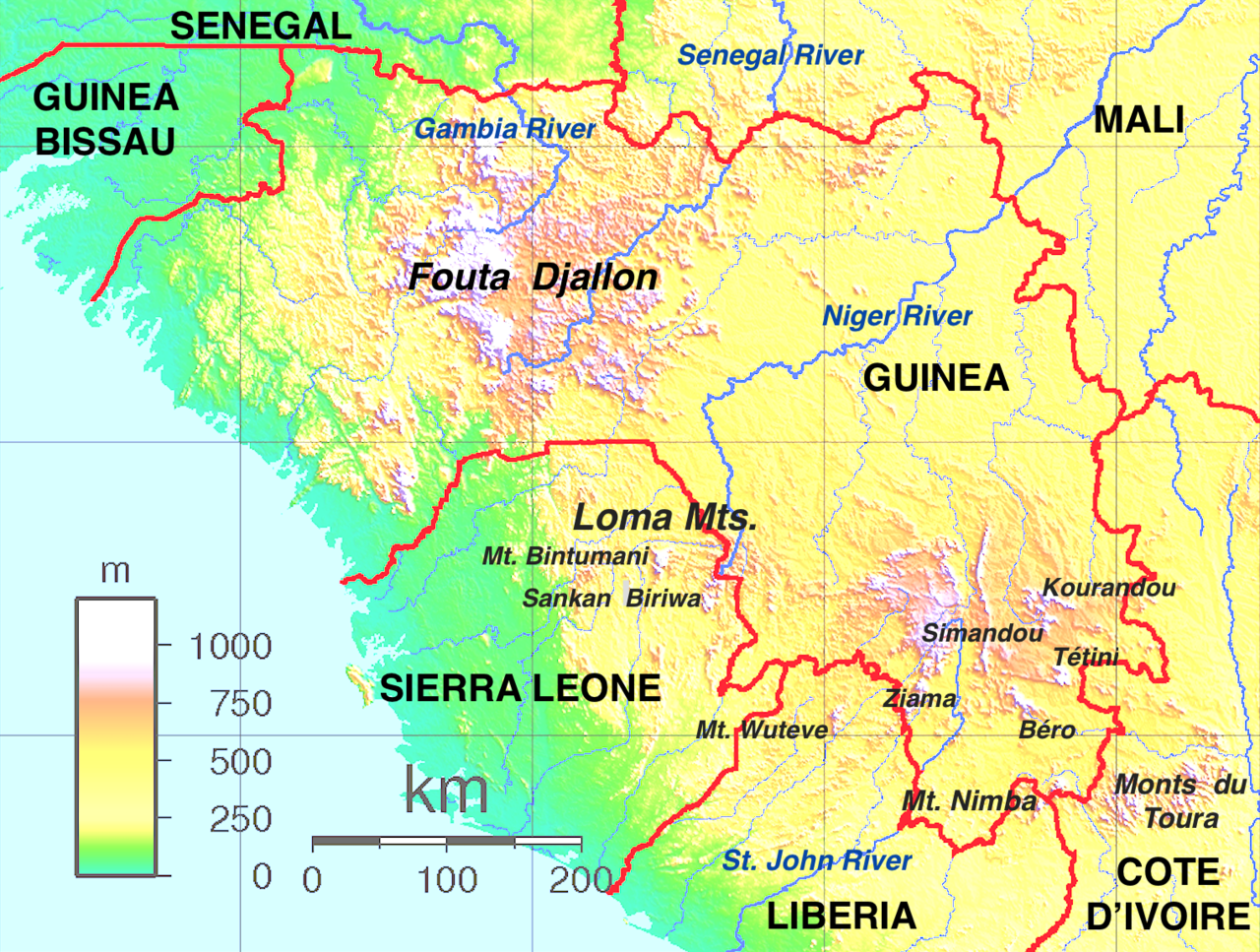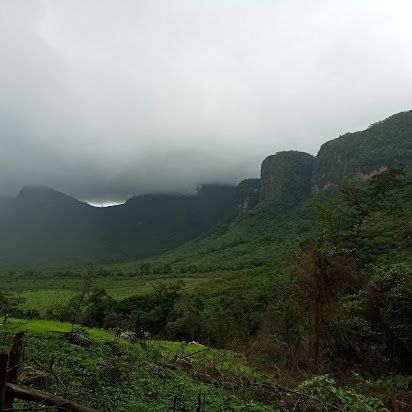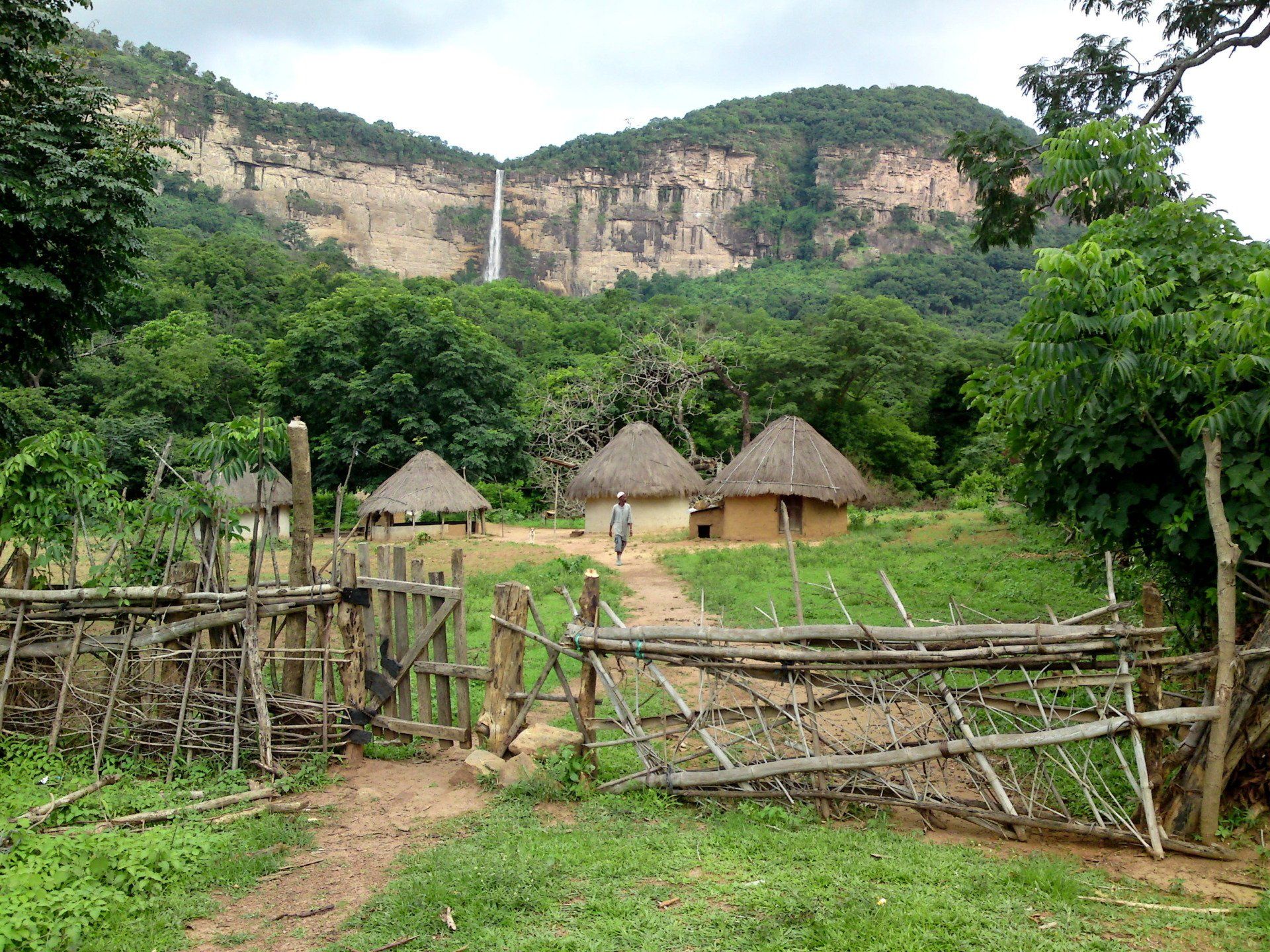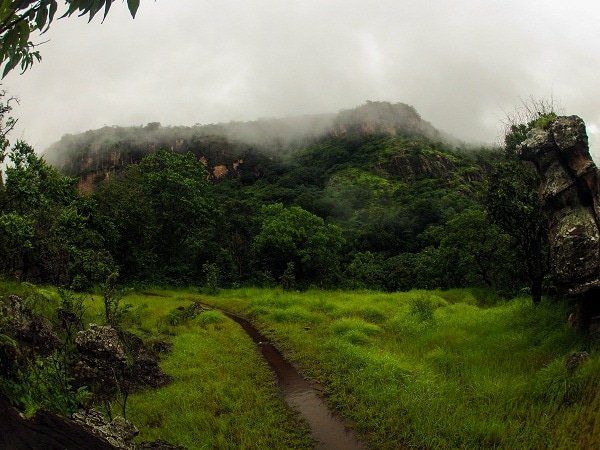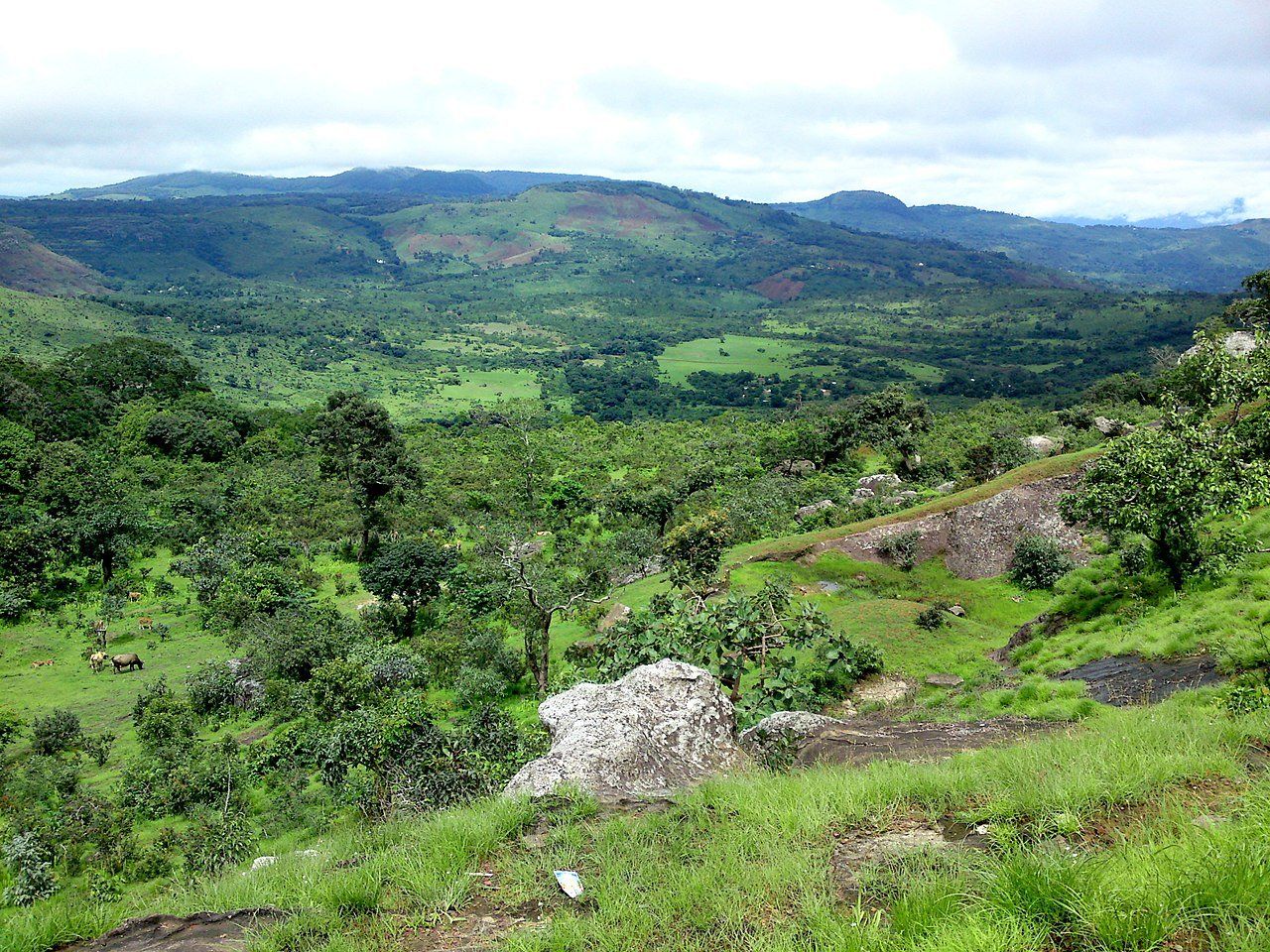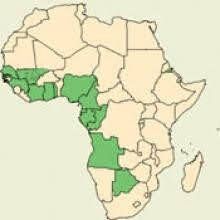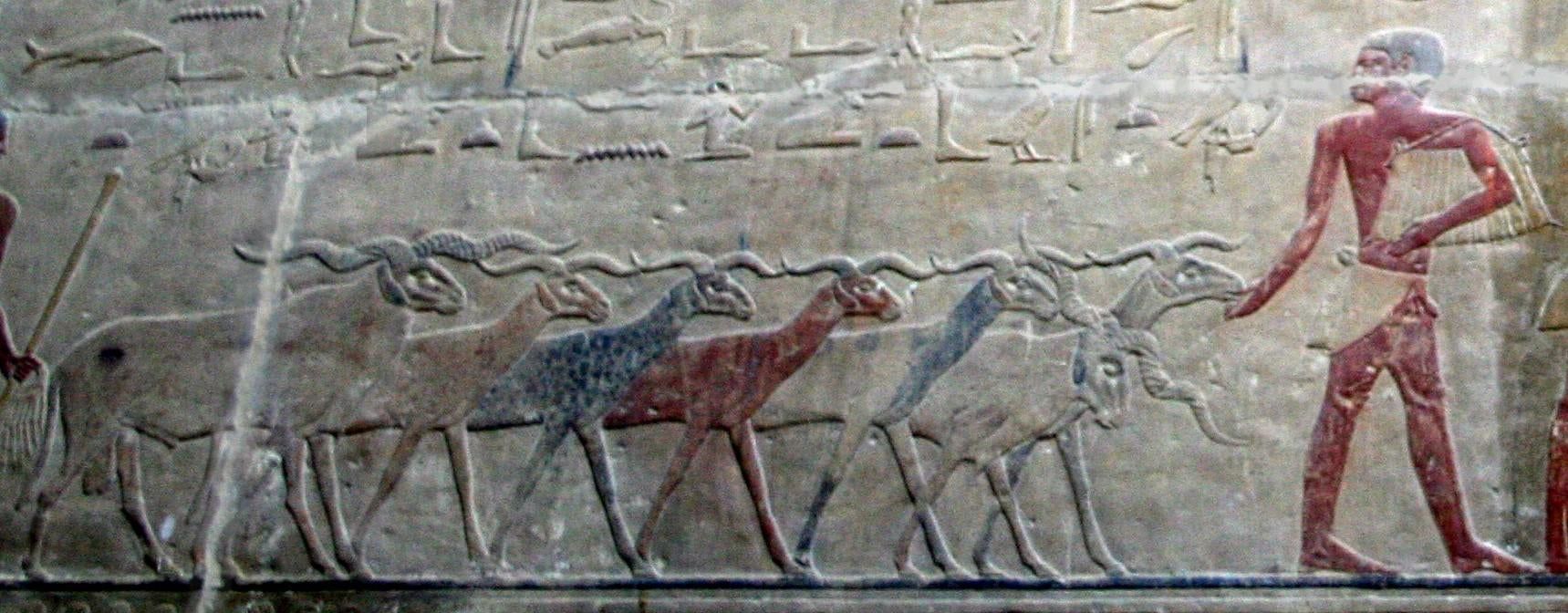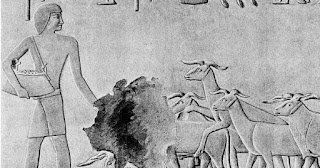The Djallonké sheep which is also referred to as West African dwarf sheep & Cameroon sheep is found in West Africa, its range extending from southern Senegal (Casamance) to Guinea, southern Mali, Ivory Coast, Ghana, Benin , southern Togo, south-west Nigeria, Cameroon, Gabon, Rep.Congo, west -and south west DR.Congo and north western Angola. It is adapted for life in the humid tsetsefly-infested areas, forested areas, sub-humid areas and savannahs. It was developed over centuries in the Fouta Djallon region of Guinea. Hence the origin of the name Djallonké which the Fulani (Peul) people gave and helped spread all over west and central africa.
The Djallonke sheep are found in the forest belt of West and Central Africa. Within this region there are two types of Djallonké sheep; The southern type also called the true forest type and the northern type which originates in the region where forest borders the savanna. The difference in the two is the size. The explanation for this is that the northern type sheep have a better diet and often roam with nomads.
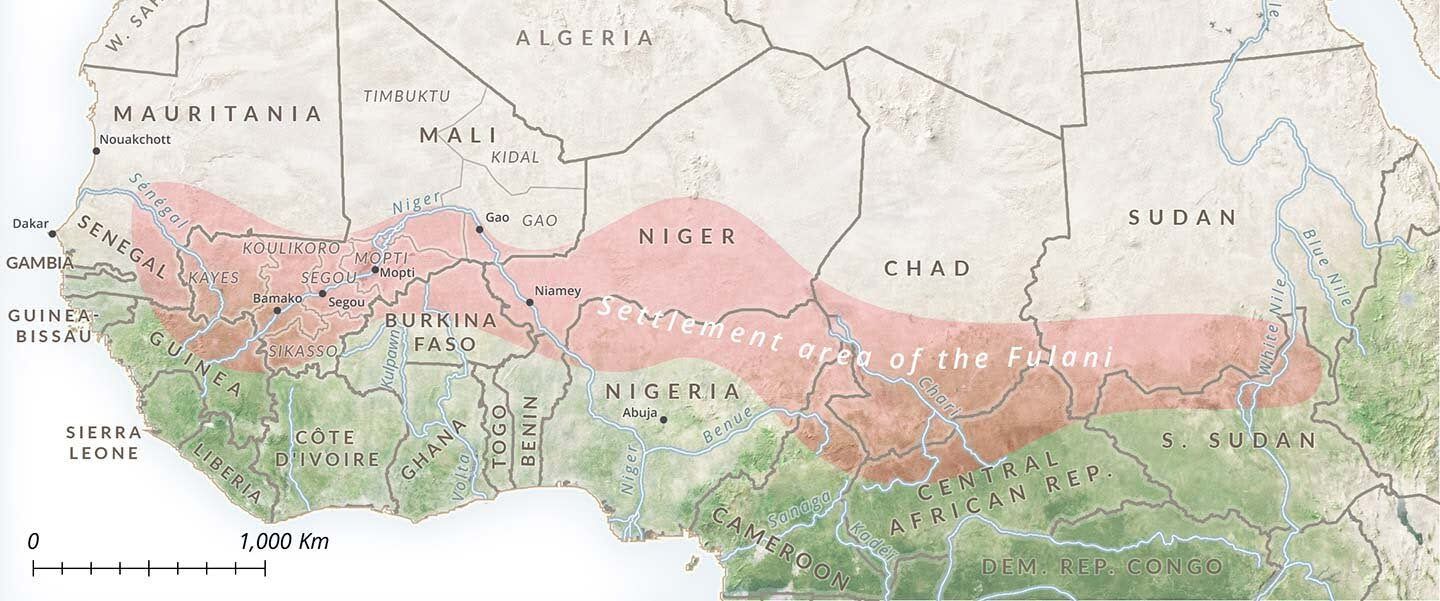
Official Name: Djallonké sheep
(Djallonke is the official name used by the Food and Agriculture Organization of the United Nations (FAO), the International Livestock Research Institute (ILRI) (an international agricultural research institute within the CGIAR – formerly the Consultative Group for International Agricultural Research), and the African Ornamental Breeders Association (AOBA). "Cameroon sheep" or "Cameroon dwarf sheep" is not regarded as a separate breed, but as a synonym.)
Synonyms:
- West African Dwarf (WAD), West African Dwarf Sheep (WADS), West African Maned (name used to be often used in academic journals)
- Mouton nain du Sud (name often used by people who live in the transition region of forest and savanna, and in the savannah.)
- Blackbelly or
Cameroon Blackbelly, Cameroon sheep, Cameroon Dwarf
(name used in
some regions of Cameroon but mainly used in Europe)
- Mouton du Fouta-Djallon, Mouton Djallonké (Senegal, Guinee, Mali, Ivory Coast, Togo, Benin, Nigeria, Cameroon, C.A.R, Rep.Congo)
- Guinea sheep, Guinea Dwarf
- Mouton de la zone Guinéénne, race Guinéénne or Mouton Guinéénné
- Mouton du Sud-Tchad, Mouton du Sud, Mouton Kirdi, Mouton Kirdimi, Lakka, Poulfouli (southern Chad, Cameroon)
- Mouton de Mayo-Kebbi, Mouton de l'Ouest (Chad, Benin)
- Pagan
- Mouton Massa, Mouton de Maroua (Cameroon)
- Mouton Bahu, Mouton nain du Congo, Mouton du Haut Congo (western D.R.Congo)
- Mouton nain
- Mouton du Sud de type nain à poils ras
- West African Dwarf, Forest sheep, Ghana Forest, Ghana Dwarf (Ghana)
- Kumasi, Nigerian Dwarf (Nigeria)
- Ovelhas anãs da África Ocidental, Ovelha Djallonke (Guinee-Bissau, Equatorial Guinea, Angola)
The so called ''Mossi'' is NOT a Djallonké sheep but a seperate breed developed from an early cross of Toronké or Burkina Faso Peul Voltaïque sheep with the Djallonké.
Nicknames: Rainforest sheep, Antelope sheep (the black bellied color type)
Species: Sheep
Group: Thin-tailed Hair sheep
Subgroup: Tropical Dwarf
Origin: The hairy thin tailed type of sheep originated in western Asia, and entered Africa through the Isthmus of Suez and Bab el Mandeb. Until the third Millennium BC, the hairy thin-tailed sheep was the only type of sheep on the African continent. Domestic sheep had reached Egypt and other parts of North Africa by 5000 BC (Epstein, 1971). And would have for ancestor the Egyptian sheep (Ovis longipes palaeoaegyptiacus).
Special Characteristics: A peculiarity of the breed is the tolerance to trypanosomes, the pathogens of the tsetse fly transmitted Nagana-Seuche. Its also adapted to a hot and humid climate of coastal West -and central Africa. And due to its small size well adapted in the African rainforests. It is Africa's most prolific sheep breed and one of Africa's two most prolific small livestock breeds. The other being
Djallonké goat. The heat of the Djallonké sheep is aseasonal. Two lamb seasons a year are possible, with singletons but also twins.
